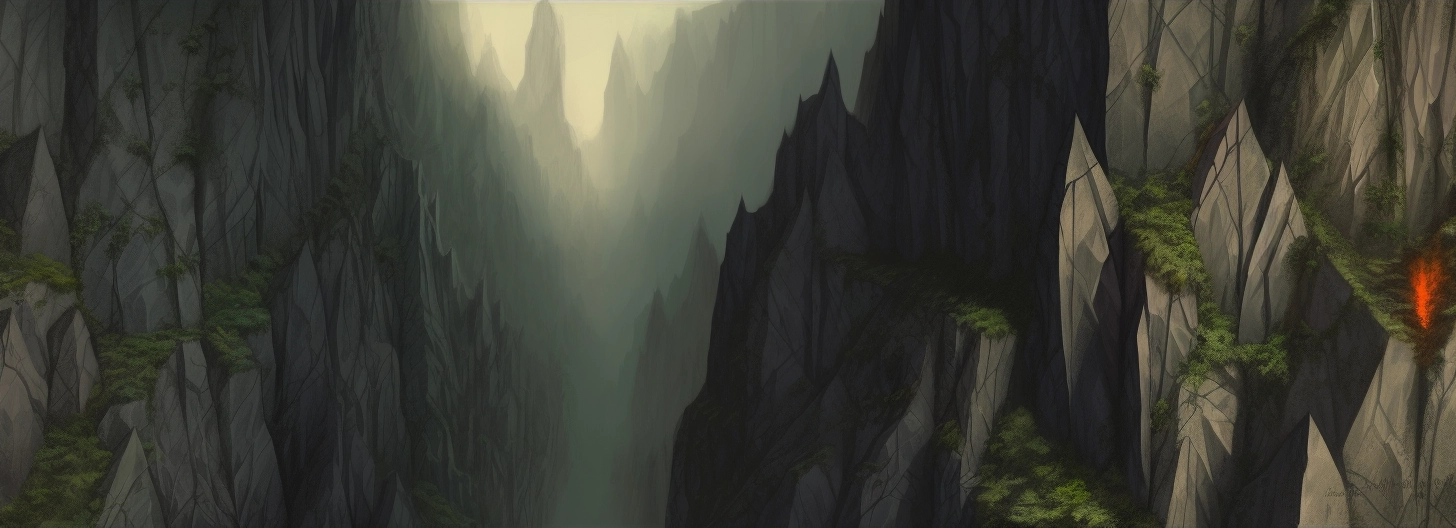

As Halloween approaches, the desire to add a certain amount of spooky flair to your d&d games can grow. It is easy enough to get inspiration from a whole host of content in the world of horror, it is also quite easy to get carried away with trying to scare your players. You might have already covered topics such as this in your session zero (if you had one), if you haven’t, then below is excellent advice to follow.
Remember the key reason that everyone is there, to have an enjoyable experience. Each individual at the table could have phobias or subjects that might be triggering for them that they might not usually bring up at the game table unless your setting is already horror heavy.

It’s your job as the dungeon master to talk to your players and understand what, if any, issues might come up introducing unusual content in the upcoming games. You don’t have to give away your secrets, twists and creepy crawlies, you can provide generic topics and allow your players to be as specific as they like. The broader the terms, the less likely they will have any idea about what is coming.
Use your players' answers and feedback to sculpt your story around any content that could encroach upon the terms you discussed. An important point to take note of is that you don’t necessarily have to abandon an idea entirely, you can just tone specific elements down. If a player puts a hard no on a certain subject however it can be wise to leave it out entirely.
If the issue is spiders, for example, then what might have been a graphic visual description of the spider itself can instead be toned down and an opportunity to skip the encounter entirely if they make the right choices.
"The hut appears quiet and still at first, but as you approach, you begin to hear a soft sound, a sort of rustling and a muted clicking. The dim moonlight shines on thousands of silvery threads that drape the majority of the structure and the surrounding areas. As you get closer, parts of the wall ahead and the ground beneath you appear to move and shift; you realise this movement is multitudes of small spiders moving across the walls and floor in shimmering waves. Larger spiders perch in the windows of the stone hut, seemingly watching you with empty eyes, and looking up you can see more of them in the trees above, some perched on branches, others hanging suspended above your heads. The doorway gapes open, darkness looming inside, and you hear the rustling noise again as a long, thick segmented, hairy leg begins to creep out of the doorway. The head emerges first; too many eyes, glinting black in the pale moonlight, large mandibles clicking again, sharper than before. Its swollen abdomen follows, quivering in anticipation. The spiders on the walls seem to freeze as if waiting. The silence is almost deafening, until the clicking begins again, louder, as two more monstrously huge spiders follow the first."
This example could be transformed into a much more minimal description such as this...
“Walking slowly through the trees you approach the hut, it has clearly seen better days. It is covered in thick webs littered with bits of twigs, leaves and bugs all gleaming in the moonlight. You make out the shapes of a few hand-sized spiders crawling along the walls of the structure before dipping into one of the window frames and out of sight. A dull rustling and series of clicking noises can be heard from within, fading every now and then before gradually picking back up.”
This presents a chance to skip a spider related encounter, or to focus on the scene rather than the creatures. If this leads to an encounter you could again refrain from adding too much description of the creature but instead put greater emphasis on the actions of the players.
Shifting the focus of a narrative, adding descriptive flair and general tips and tricks related to setting scenes can be learned in my ‘Running the Game’ course.